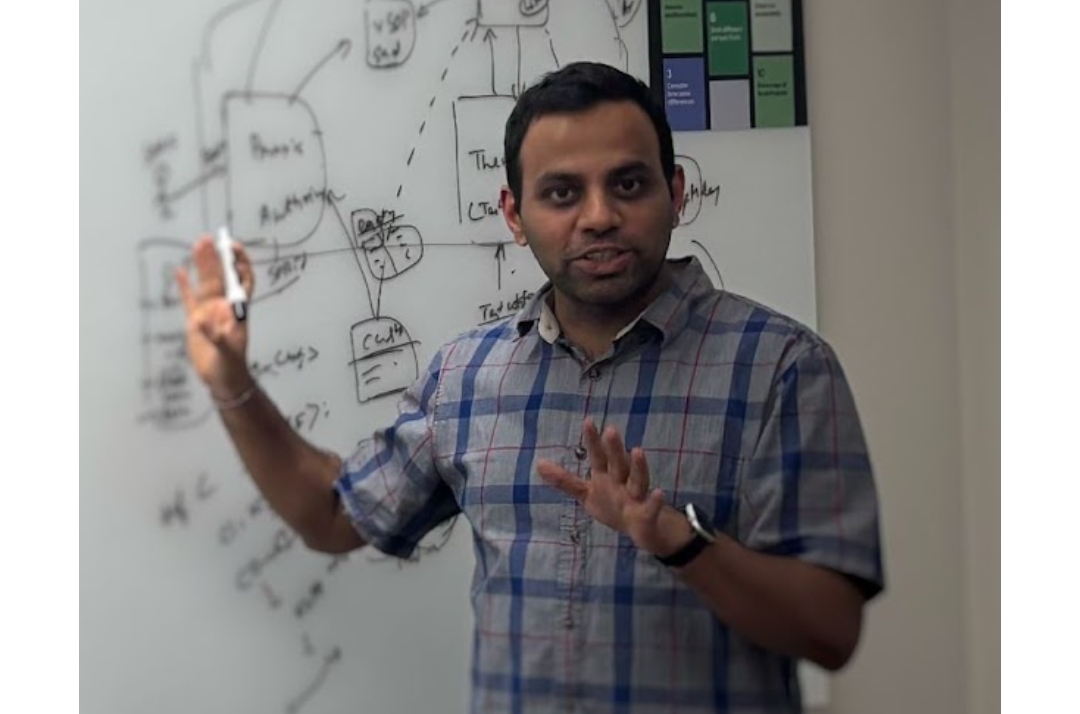When most people interact with AI-powered support systems, they experience the illusion of understanding. The bot replies quickly, offers relevant documents, maybe even escalates the issue. On the surface, it feels like help is being offered, swift, automated, and responsive. But beneath the surface, what often passes for comprehension is little more than pattern recognition. The system may be following scripts, matching keywords, or retrieving based on approximations, rather than demonstrating any actual understanding of the user’s intent or problem.
According to Rohith Narasimhamurthy, Senior Software Development Engineer at Amazon, this is where the architecture either holds or collapses. “Most systems know how to answer. Few systems are built to understand. The difference is what separates convenience from trust.”
With over a decade of experience at Amazon, Rohith’s engineering journey began with presence detection frameworks for Alexa, systems designed to process signals and trigger experiences in near real time. Today, he builds AI reasoning systems for AWS support channels, including Amazon Q. It is a technical evolution from sensing events to enabling decisions, from capturing input to interpreting context.
“What we are designing now has to survive ambiguity, partial information, and failure without losing utility,” he notes. “Presence detection needs precision. Reasoning needs resilience.”
From Presence to Reasoning: The Backstory of Scalable AI Logic
Alexa’s presence detection may sound straightforward—identify if a user is nearby and act accordingly. But at Amazon scale, it meant designing for unpredictable network conditions, overlapping signals from multiple devices, and failover handling across services. Rohith was part of the team that built infrastructure to make these experiences seamless, leading the end-to-end design of a temporal signal decay system that enabled Alexa to compute both device occupancy and personal presence with sub-500ms latency across 15,000 transactions per second. “Detection systems fail silently. If they are wrong, the system just does not respond. That is acceptable. But reasoning systems? They cannot afford silence. They have to try.”
That shift—from deterministic trigger models to probabilistic, multi-path inference—is what characterizes modern reasoning systems like Amazon Q. Rohith’s work today focuses on enabling Q to assist customers with AWS technical support through a layered backend that handles user intent, knowledge retrieval, conversational context, and fallback when confidence drops. “The core challenge is not that Q cannot find the answer,” he explains. “It is whether the system can figure out that it might be wrong, and decide what to do about it before the user loses confidence.”
“The core challenge is not that Q cannot find the answer,” he explains. “It is whether the system can figure out that it might be wrong, and decide what to do about it before the user loses confidence.”
Smarter Support Systems Start with Infrastructure, Not Prompts
While GenAI innovations dominate public discourse, Rohith points to the structural underpinnings of AI success. Support systems like Amazon Q are judged by response time, escalation logic, handoff clarity, and perceived helpfulness. “Model accuracy is one piece. But latency, retrieval speed, context windowing, and error recovery make the difference between an AI assistant that feels helpful and one that frustrates.”
He describes systems where response time varies with load, where retries collapse due to downstream dependencies, and where the fallback pipeline ends in ambiguous error loops. “These are not academic problems,” Rohith says. “They are production realities. And solving them is not about fine-tuning models. It is about building for uncertainty.”
The team’s backend design includes confidence-based decision thresholds, async retrieval pipelines, and controlled degradation modes when service health drops. It is not glamorous work, but it is what makes the intelligence visible, and stable, in real-world usage. One example of these fault-tolerant principles in action is AWS’s implementation of the circuit-breaker pattern using Lambda extensions and Amazon DynamoDB, which ensures that services degrade predictably under stress rather than failing catastrophically, as outlined in their official blog post.
Latency, Logic, and Learning: The Engineering Behind Understanding
Beyond architecture, the Amazon Q system depends on distributed reasoning patterns, caching partial inferences, deferring judgment, and supporting low-confidence paths. Rohith frames this as designing not just for success, but for informed imperfection. “A well-designed reasoning system fails gracefully. It does not just return nothing. It finds the next best thing to do.”
He draws comparisons to circuit-breaker architectures and regional failovers in cloud-native systems. Google Cloud has demonstrated that distributed inference systems with designed degradation pathways outperform tightly coupled synchronous systems under load. Similarly, AWS prescriptive guidance on building resilient workloads outlines how escalation caching strategies and layered fallback mechanisms contribute to high CSAT scores and service continuity during support traffic surges, as detailed in their official best practices guide
“Understanding is not an outcome,” Rohith concludes. “It is a system property. You earn it by designing every layer, retrieval, confidence, context, failure, around what you do not know, not just what you do.”
Systems Thinking for the Road Ahead
As reasoning systems become more central to digital interactions, from cloud support to healthcare triage to enterprise knowledge workers, the illusion of intelligence will no longer suffice. Rohith’s work reflects a shift in thinking: from building bots that reply, to engineering systems that reason.
“We are not building conversation. We are building comprehension. That is an infrastructure problem first, not a language model problem,” he says.
In a world where AI must interpret, adapt, and advise in real time, it is not the answers that matter, it is the systems that make answering possible. And as Rohith makes clear, those systems will not come from prompts. They will come from engineering that understands misunderstanding.





























